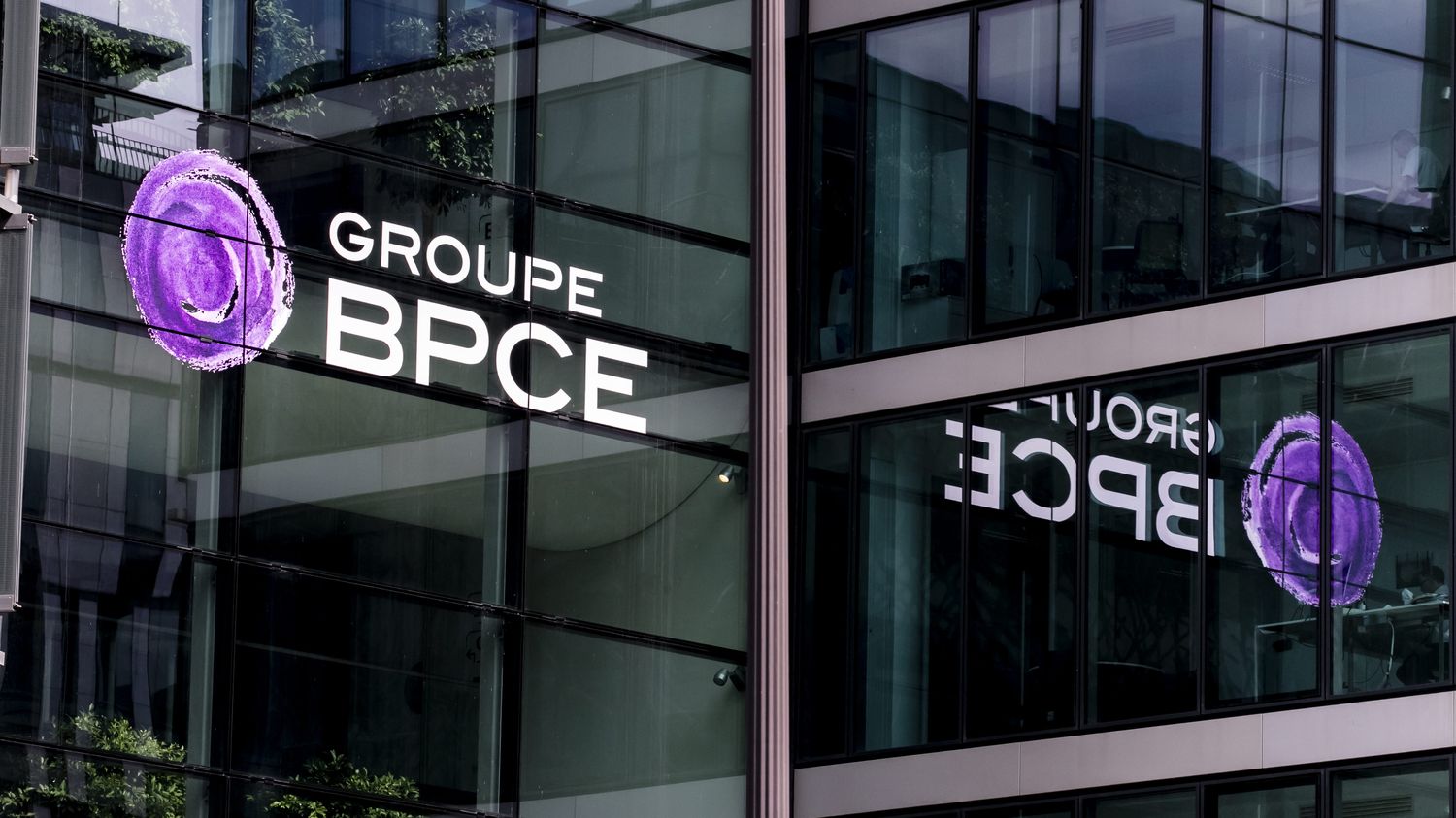Despite political uncertainties in France, the banking group has many ambitions and wishes to diversify.

Published
Update
Reading time: 3 min

The political deadlines and the serious questions they raise after the legislative elections of June 30 and July 7 do not stop entrepreneurs who are looking at the long term. This is the message launched by the chairman of the BPCE management board, Nicolas Namias, who will also be at the head of the French Banking Federation for a few more months. On Wednesday June 26, it was as boss of Banque Populaire Caisses d’Epargne that he spoke to present his strategic plan called “Vision 2030”.
This is an opportunity to attract new customers, particularly in the regions, and to offer new services to existing customers in an increasingly risky society, in terms of security and climatic hazards. But its real overall ambition is to become the bank of one in four French people in 2030 with more than two million additional customers. A logical continuation for a group born in 2009 from the union of the Banques Populaires and the Caisses d’Epargne, themselves 200 years old.
BPCE is the fourth largest banking player in the euro zone with 71 billion euros available in capitalization funds. The second largest French banking group, its ambition is to also be the sports bank in France. BPCE already has nearly 20% market share of the 128,000 French sports companies and owns a Formula 1 of the seas, with the trimaran Maxi Banque Populaire, skippered by Armel le Cléac’h, which recently transported the Olympic flame from Brest in the Antilles.
The company is built on the cooperative model. Can a group of this type compete with the large traditional banking networks? Yes. The cooperative, or mutualist, system differs from large establishments like BNP-Paribas or Société Générale in that it is not listed on the stock exchange. That is to say not having shareholders, therefore no pressure from the stock markets. The “shareholders” of a mutual bank are the customers. They are called “members”. Each client owns shares in the bank and is directly affected by the company’s performance without chasing dividends. Of course, this does not make the mutual bank a philanthropic establishment, because it is always a question of big money, but the customer relationship is completely different. It remains to make it a real asset in a banking world and ever more ruthless global competition.
